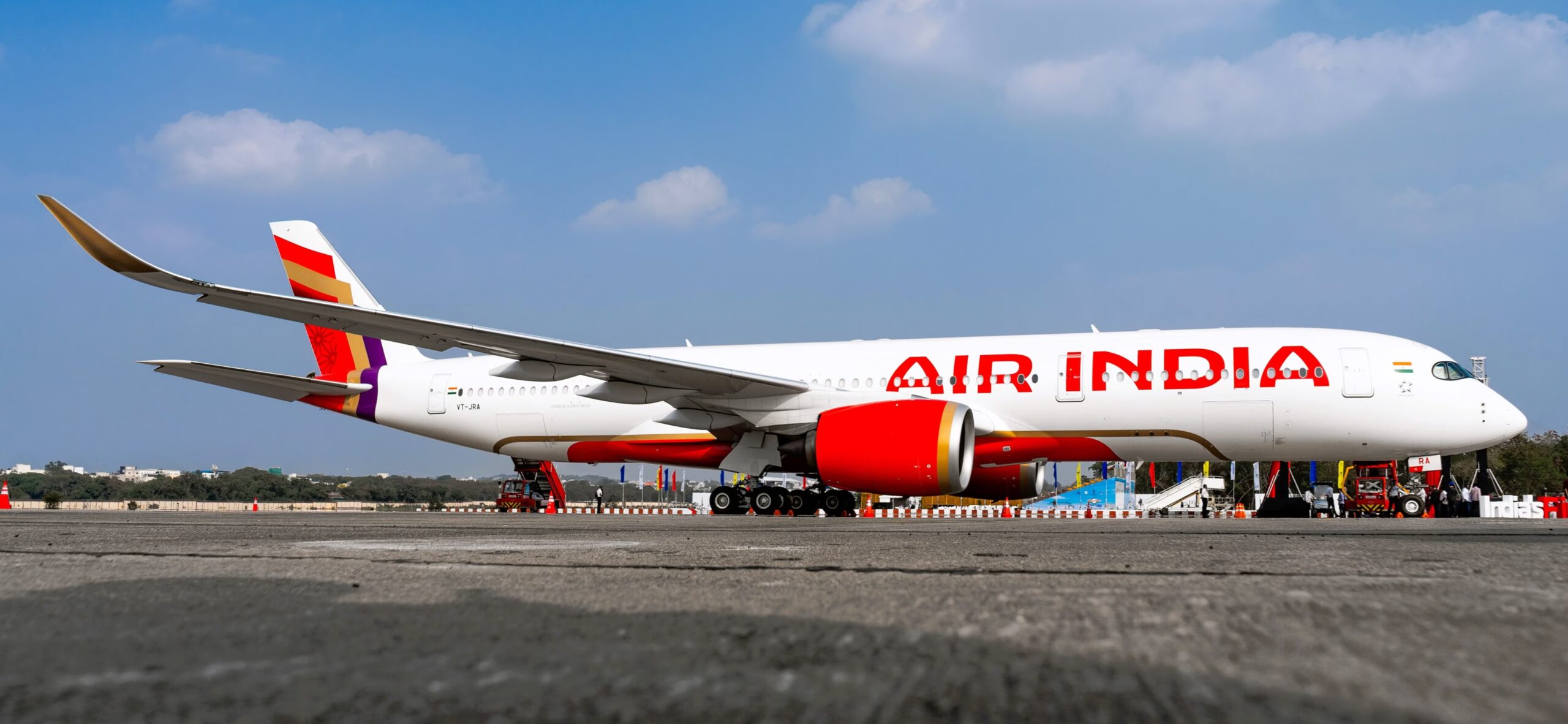James Thompson straps on his VR headset in his Manchester flat and finds himself face-to-face with a charging rhinoceros in Kenya’s Maasai Mara. The experience feels visceral, his heart pounds as the virtual beast thunders past, close enough to see individual whiskers on its snout. For 75 USD, he’s experienced what would cost 4,000 USD and two weeks’ holiday in the physical world. The technology is remarkable. The question haunting the travel industry is whether it’s revolutionary or ruinous.
Virtual tourism has evolved from gimmicky 360-degree videos to sophisticated experiences that engage multiple senses. As headsets become cheaper and experiences more convincing, the metaverse promises to democratise travel, offering authentic cultural encounters without carbon footprints or visa applications. Yet for destinations across East and Central Africa, where tourism forms the backbone of economies, this digital revolution could spell disaster.
The Seductive Promise of Virtual Wanderlust
The metaverse’s appeal to travellers is undeniable. Virtual reality eliminates traditional barriers to exploration: cost, time, physical limitations, and safety concerns. A single mother in Birmingham can witness the Great Migration without depleting her children’s university fund. An elderly pensioner with mobility issues can climb Mount Kilimanjaro from his armchair. A corporate executive can experience gorilla trekking in Rwanda during her lunch break.
The technology’s sophistication is advancing rapidly. Meta’s latest platform allows users to feel texture through haptic feedback, the rough bark of a baobab tree, the soft fur of a mountain gorilla. Smell-o-vision technology adds olfactory elements, whilst spatial audio creates three-dimensional soundscapes. Early adopters report emotional responses comparable to physical travel: wonder, excitement, even spiritual connection.
For destinations, virtual tourism offers tantalising possibilities. National parks could showcase wildlife without environmental impact. Cultural sites could accommodate unlimited visitors without preservation concerns. Museums could display artefacts too fragile for public viewing. Revenue streams could flow without the infrastructure costs of roads, hotels, and waste management.
East and Central Africa present compelling case studies for virtual tourism’s potential impact. Rwanda’s remarkable conservation success with mountain gorillas has created a sustainable tourism model where visitor fees fund protection efforts. Limited permits are issued daily for gorilla trekking, maintaining ecological balance whilst generating crucial revenue. Virtual reality could theoretically expand access whilst preserving this delicate equilibrium.
Kenya’s Maasai Mara faces different challenges. The reserve hosts thousands visitors annually, creating environmental pressures whilst providing livelihoods for local communities. Virtual safaris could reduce crowding whilst maintaining revenue flows. Digital experiences might even enhance physical visits; virtual scouting trips could help travellers choose destinations and plan itineraries more effectively.
Yet the economics tell a more complex story. Tanzania’s tourism sector employs over 1.5 million people directly and indirectly. From Arusha guides to Zanzibar hoteliers, livelihoods depend on physical presence. Virtual tourism threatens to short-circuit this economic ecosystem, potentially devastating communities that have built their futures around visitor arrivals.
The Authenticity Question
Virtual tourism’s fundamental challenge lies in replicating travel’s intangible elements. Can technology capture the morning mist rising from Lake Nakuru, the acrid smell of wood smoke in a Maasai village, or the profound silence of the Sahara at dawn? More critically, can it reproduce the human connections that transform journeys into transformative experiences? Dr. Sarah Nantume, a Ugandan anthropologist studying tourism’s cultural impact, argues that virtual experiences risk commodifying culture whilst removing the reciprocal exchange that makes travel meaningful. “When a tourist shakes hands with a Batwa elder, both are changed by the encounter,” she explains. “Virtual reality creates consumers, not cultural participants.”
The emotional resonance of physical travel extends beyond sensory input. The anticipation of departure, the discomfort of long flights, the vulnerability of navigating foreign environments, these elements contribute to travel’s transformative power. Virtual tourism, however sophisticated, cannot replicate the personal growth that comes from genuine cultural immersion. The metaverse’s impact on African tourism economies could be profound and unpredictable. If virtual experiences satisfy wanderlust without generating local employment, destinations might face economic collapse. The multiplier effect of tourism spending where visitor expenditure cascades through local economies would vanish.
Conversely, virtual tourism might democratise access to experiences previously available only to wealthy international travellers. A Kenyan student could explore the Ngorongoro Crater in northern Tanzania without expensive park fees. A Rwandan child could learn about marine ecosystems through virtual diving experiences. The technology could serve educational and cultural preservation purposes whilst maintaining traditional tourism’s economic benefits.
The carbon footprint argument presents another complexity. Aviation accounts for roughly 2.5% of global emissions, with tourism-related flights contributing significantly. Virtual tourism could dramatically reduce travel’s environmental impact whilst maintaining cultural exchange. Yet this assumes virtual experiences truly substitute for physical travel rather than merely whetting appetites for real-world exploration.
Evolution, Not Revolution
Rather than viewing virtual and physical tourism as competing forces, the industry might embrace hybrid models that enhance rather than replace traditional travel. Virtual reality could serve as sophisticated marketing tool, allowing potential visitors to sample destinations before committing to expensive journeys. Post-visit virtual experiences could extend trips’ emotional impact, maintaining connections to places and people long after departure.
Educational applications offer particular promise. Virtual reality could prepare travellers for cultural encounters, teaching appropriate behaviour and language basics. Conservation messaging could be embedded in virtual experiences, creating more informed and responsible physical visitors. The technology might even facilitate remote participation in conservation efforts, allowing virtual visitors to contribute to real-world protection initiatives.
Virtual tourism represents evolution rather than revolution, a new tool in the industry’s arsenal rather than a replacement for physical travel. The technology’s greatest value lies not in substituting real experiences but in enhancing them, democratising access, and creating new revenue streams for destinations. The metaverse cannot replicate the serendipitous encounter with a curious elephant calf, the shared laughter with a Maasai guide, or the profound silence of standing alone in the Sahara. These moments of authentic human connection and personal challenge remain exclusively within physical travel’s domain.
For African destinations, the key lies in embracing virtual tourism as a complement to rather than substitute for traditional offerings. Virtual experiences should tell stories that inspire physical visits, create emotional connections that transcend digital boundaries, and generate revenue that supports local communities.
The future of travel isn’t virtual or physical, it’s both. The challenge for the industry is ensuring this digital revolution enhances rather than erodes the human connections that make travel transformative. In that balance lies the difference between virtual tourism as a tool for global understanding and virtual tourism as a threat to authentic cultural exchange.



